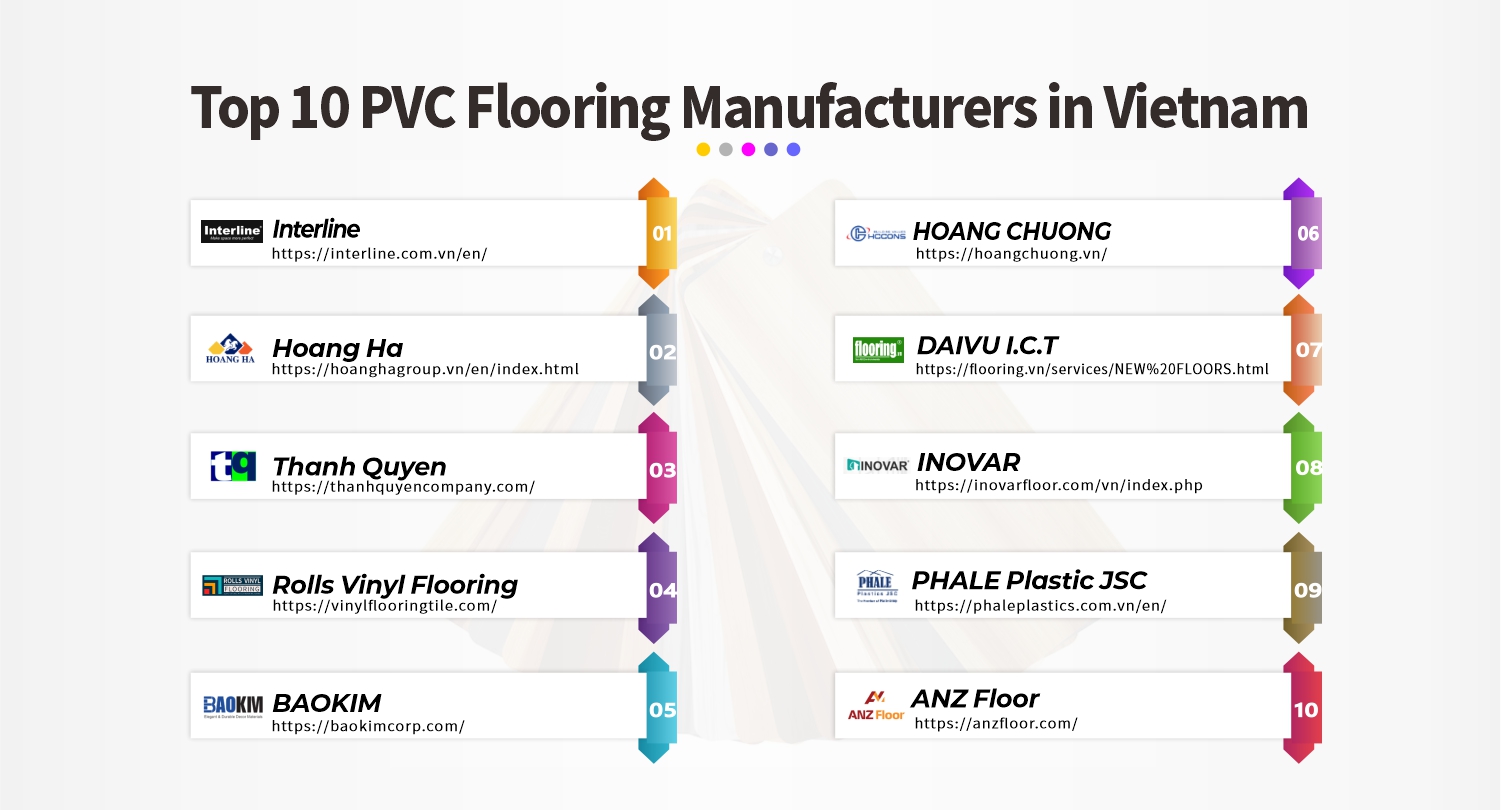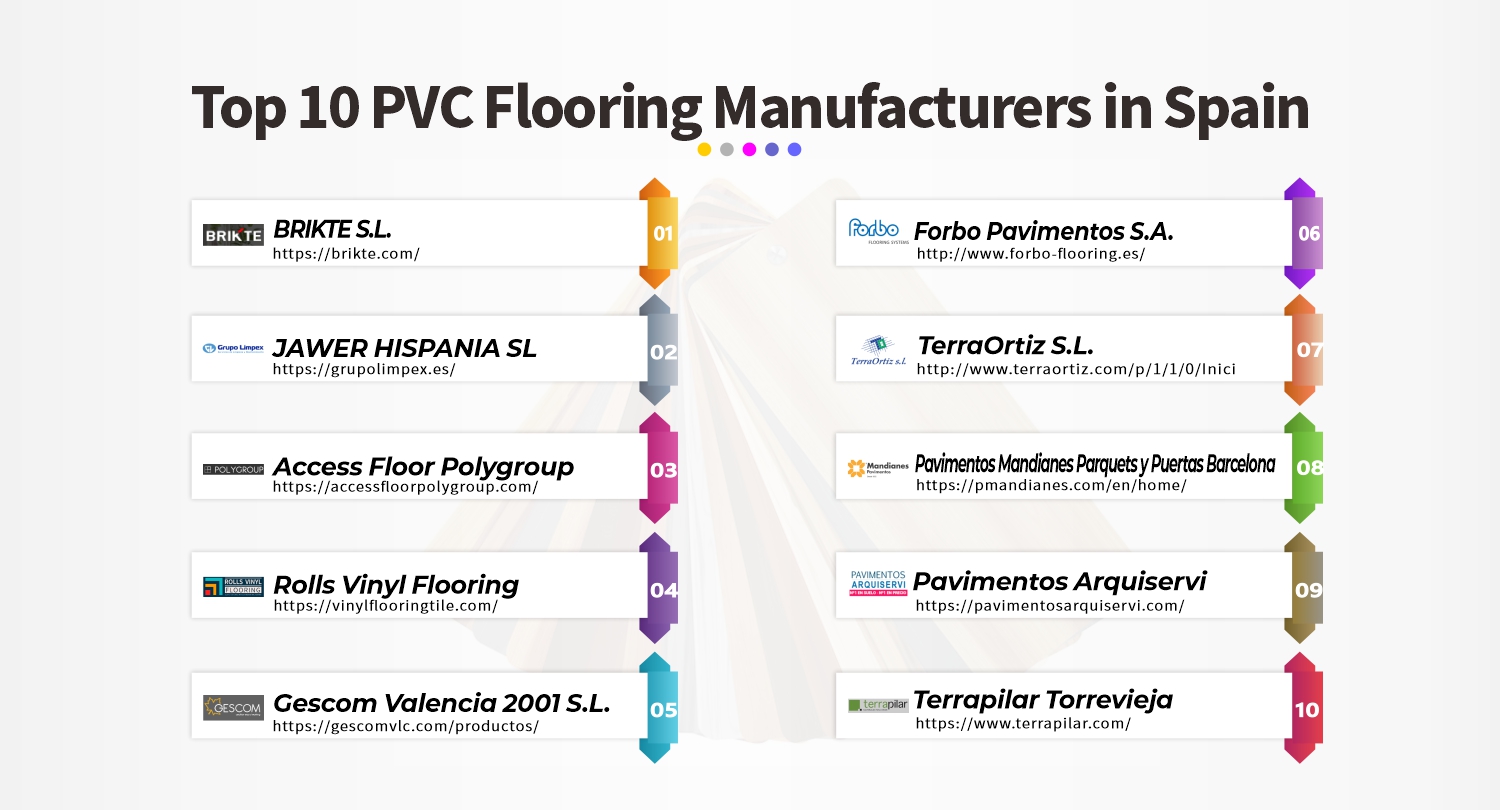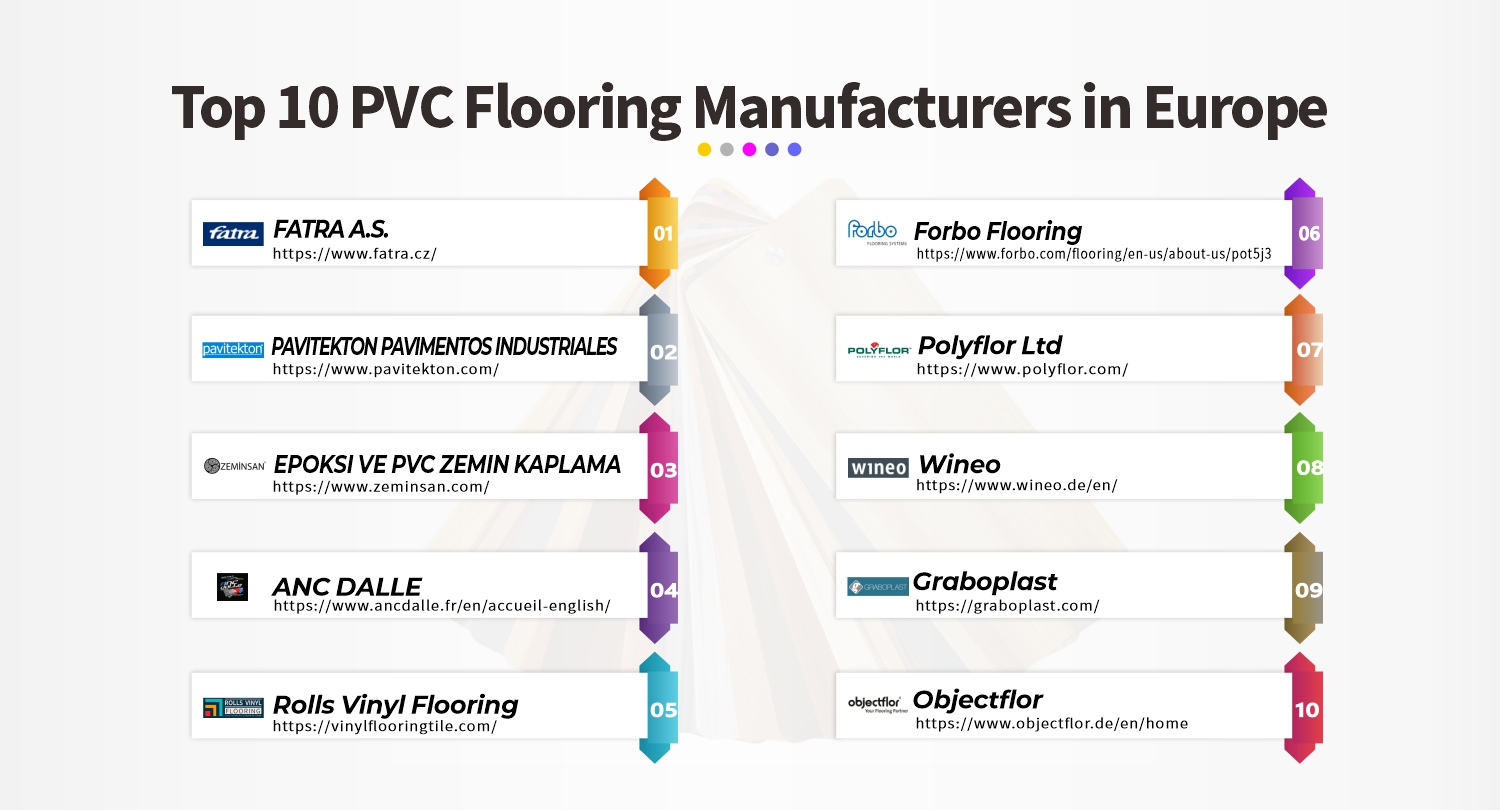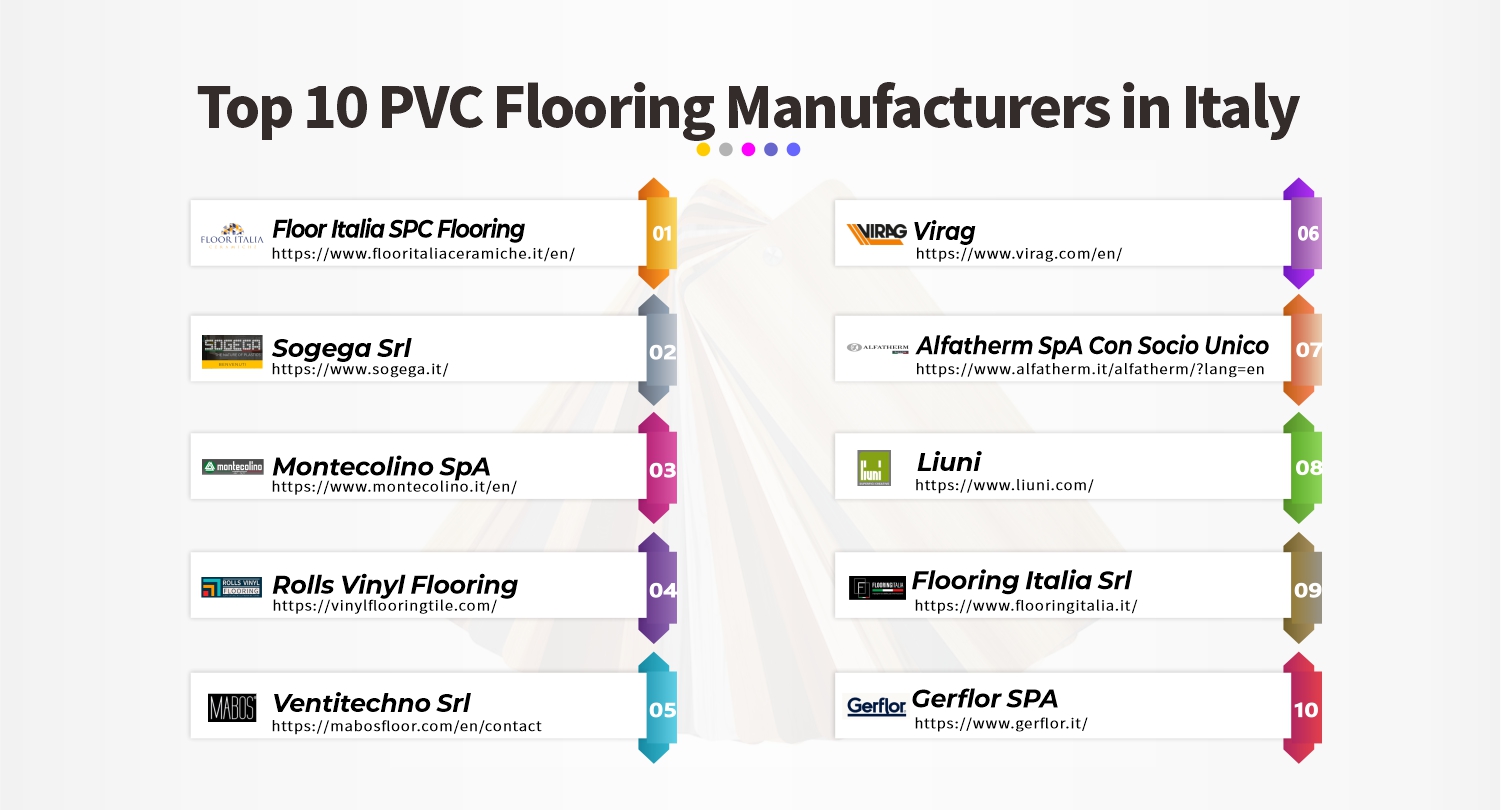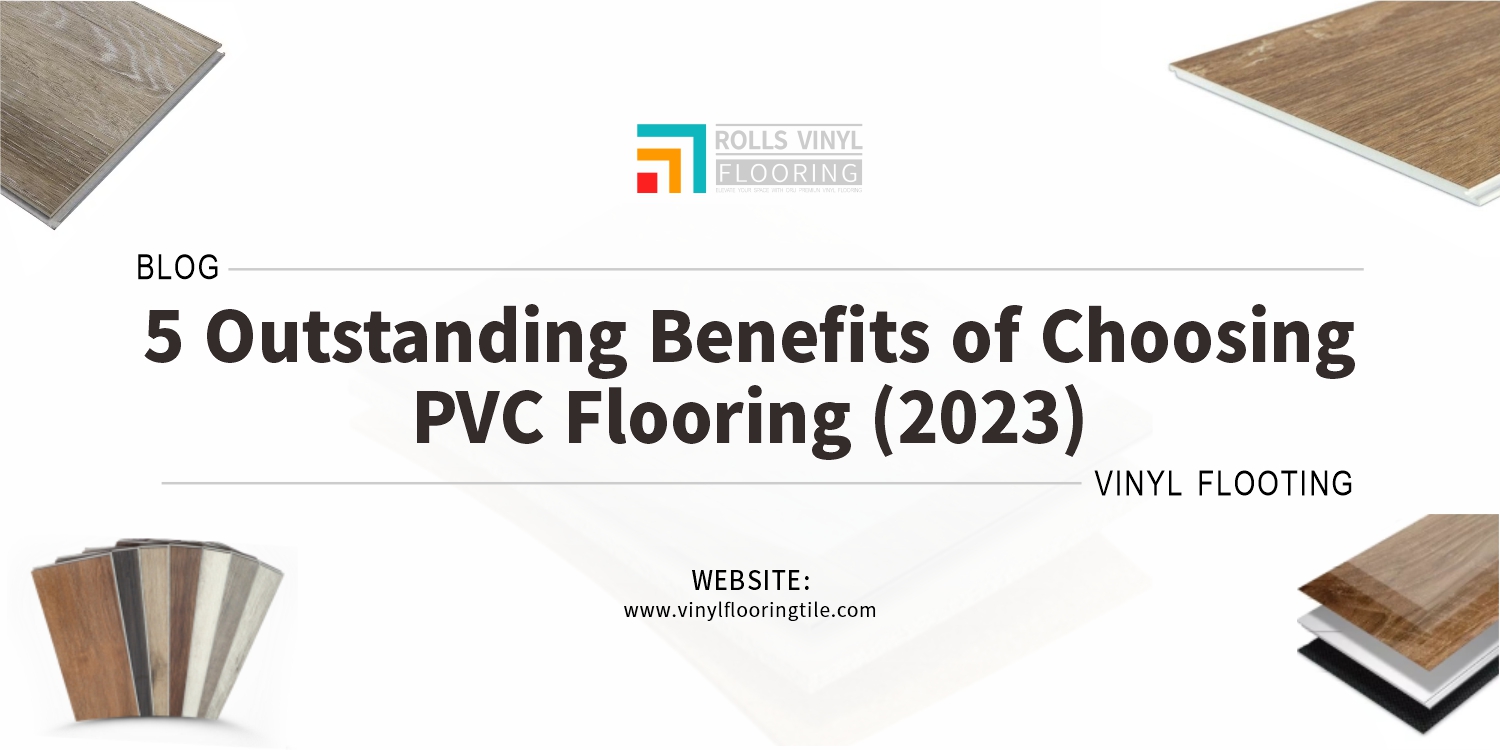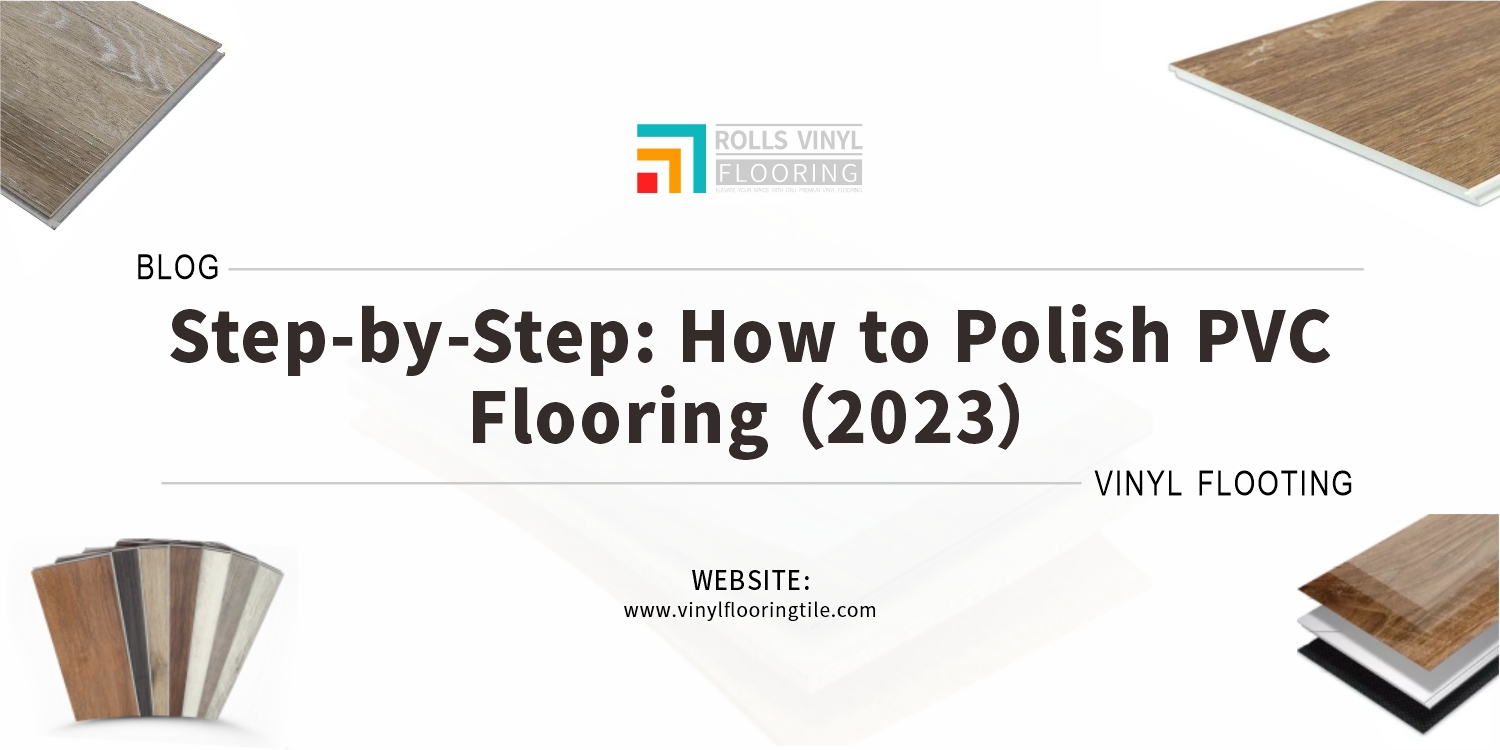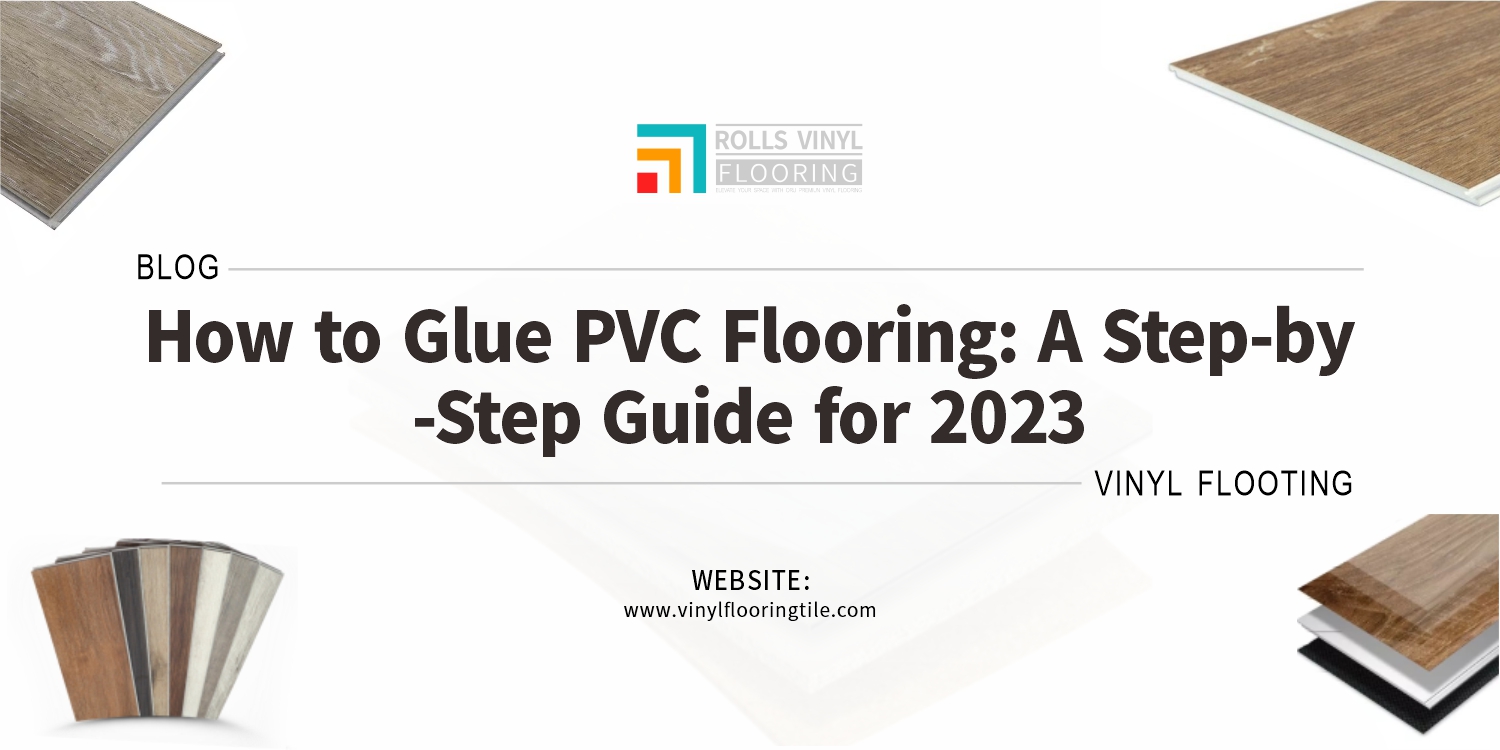Are you looking to update the flooring of your home but aren’t sure where to start? Look no further! This step-by-step tutorial will guide you through the process of installing LVT flooring in no time. With easy to follow instructions and helpful tips, you’ll be enjoying your new floors in no time!
Installing LVT flooring is a relatively simple process. Start by prepping the subfloor, making sure it is clean and flat. Then, lay the underlayment. Next, measure and cut the LVT flooring to fit the space. Finally, use a strong adhesive to glue down the vinyl planks and press firmly into place.
Explore more about the definition, preparation, installation, and finishing process of an LVT flooring. Get ready to start applying LVT flooring in your area!
1. What is LVT flooring?

LVT flooring is a type of vinyl plank flooring that looks like natural wood or stone. It is made of several layers of vinyl, which are fused together and then covered with a clear, protective top layer. LVT is also known as Luxury Vinyl Tile, and is a popular choice for residential and commercial spaces because it is durable, comfortable, and easy to maintain.
It comes in a variety of styles and colors, and can be installed over existing floor with minimal effort. This vinyl plank flooring is also water resistant and can be used in wet areas, such as bathrooms and kitchens. It is an affordable option compared to hardwood and stone flooring, and this luxury vinyl plank flooring can be installed quickly and easily.
2. Preparation
A. Gather materials
Purchase the necessary vinyl plank flooring, underlayment, and adhesives. Gather the tools needed to install the vinyl plank flooring, including a utility knife, saw, circular saw, jigsaw, hammer, and tape measure.
B. Clear and clean the subfloor
Remove any existing floor and make sure the subfloor is level and clean. Sweep the subfloor to remove any dirt and debris. Vacuum the area to pick up any remaining small particles. Mop the subfloor with a mild detergent and warm water to remove any remaining dirt and grime.
Inspect the subfloor for any signs of moisture or water damage. Repair any areas of water damage before continuing. Fill any large or deep holes or cracks with a patching compound. Sand any rough patches or high spots on the subfloor. Vacuum the area again to pick up any dust and debris from sanding. Wipe down the subfloor with a damp cloth to remove any remaining dust.
C. Measure and plan the layout
Measure the area of the room and calculate the amount of vinyl plank flooring needed to cover the space. Measure the area to be covered by the first plank, taking into account any gaps around the edges of the room or any obstructions such as radiators or bay windows. Calculate the number of LVT tiles or row of planks needed to cover the area, allowing for at least 10% extra in case of any wastage.
Draw a plan of the room, showing the exact measurements of the entire floor space and any obstructions. Calculate the direction and pattern of the vinyl plank flooring installation, allowing for any obstructions and ensuring that the pattern is visually pleasing especially on door jambs.
Lay out the vinyl flooring planks or tiles in the desired pattern, taking into consideration the direction of the pattern and the spacing between the row of planks and tiles. Measure and cut any vinyl planks or tiles that need to be adjusted for any obstructions.

3. Installation
A. Start in a corner of the room
In installing vinyl plank flooring, begin in a corner of the room and unroll the first row of vinyl plank flooring. Use a tapping block and a mallet to tap the first plank into place to install vinyl flooring. Place the first vinyl plank along the wall with the tongue side facing away from the wall using a pull bar.
Measure the full plank using a chalk line and cut the next row of vinyl plank flooring using a utility knife to fit, and repeat the tapping procedure using a pull bar. Continue laying the vinyl plank flooring in this manner until the last row, allowing a small gap between each row for expansion gap until its final row.
Use a sealer or adhesive around the perimeter of the room to ensure a secure and waterproof fit. Once the sealer or adhesive has dried, use a roller to flatten out any air bubbles that may have formed in the vinyl flooring and to avoid a floating floor.
B. Install the planks together
In installing vinyl plank flooring, place the next vinyl plank so that the tongue of the first vinyl plank fits into the groove of the second plank. Continue tapping the vinyl planks together until you reach the end of the first row.
Check that the vinyl planks or tiles are properly aligned and that there are no gaps between them. Use a tapping block and a rubber mallet to tap the vinyl planks together at the end joints to install vinyl plank flooring accurately.
C. Cut planks to fit the space
In installing vinyl plank flooring, cut the vinyl plank flooring to the desired size, shape, and pattern in square foot using a utility knife. Lay the vinyl plank flooring in the desired pattern, ensuring that it is properly and securely installed.
When the vinyl flooring is cut to fit, use a saw to trim any excess material until the last row or last plank application. Use a utility knife to cut out any awkward angles or shapes needed to fit the vinyl planks around objects such as door jambs, fireplaces, and stairs to install vinyl plank flooring correctly.
D. Lay the planks correctly
Continue laying vinyl planks in the same manner, making sure to stagger the end joints of each row. Make any necessary adjustments to ensure that the entire floor is level. Once the vinyl plank flooring installation is complete, check all seams and edges for any gaps or unevenness.

4. Finishing
A. Install transition pieces
Start by laying the transition piece along the edge of the room, where it will meet the vinyl plank flooring. Be sure to leave a gap of 1/4 inch between the transition piece and the vinyl flooring on its row of planks. Cutting vinyl plank flooring into the transition piece to the desired length with a miter saw. Secure the transition piece to the concrete subfloor with nails or adhesive to install vinyl plank flooring.
Place the vinyl plank flooring pieces along the edge of the transition piece, ensuring they are tight against one another. To install vinyl plank flooring, apply caulking to the joints between the transition piece and the vinyl plank flooring, using a caulking gun. Allow the caulking to dry completely before walking on the vinyl plank floor.
B. Install quarter round
To install vinyl plank flooring, measure the corner in which the quarter round or row of planks will be installed. Cut the quarter round to fit the measurement. Place the quarter round into position and secure it with nails or adhesive. Use a miter saw to cut the quarter round to fit the angle at the corner. Apply a small amount of adhesive to the back of the quarter round and press firmly into place.
Use a hammer and nails or a pneumatic nail gun to secure the quarter round in place. Use a block of wood and a hammer to tap the quarter round into position. Use a caulk gun to apply a bead of caulk along the top of the quarter round and lightly press into place. Smooth out any excess caulk with a damp cloth. Allow the caulk to dry completely before walking on the quarter round.
C. Clean up the area
Finish off the job by cleaning the vinyl plank flooring with a damp mop. Start by vacuuming the entire area to remove any debris and dirt. Wet mop the area with a pH neutral cleaner, such as the Armstrong S-485, to remove any remaining dirt and grime. Allow the floor to dry completely before proceeding with the finishing process.
Use a damp cloth and a mild detergent to remove any remaining residue. Use a floor buffer with a soft nylon pad to buff the floor surface. Apply a thin layer of Armstrong Floor Finish, such as the Armstrong S-400, to the surface of the floor. Allow the finish to dry completely before walking on the floor.
Installing vinyl plank flooring is a relatively easy process, with the right tools and knowledge. With a few simple steps, you can have a beautiful, durable vinyl flooring that will last for years to come. With proper care and maintenance, your vinyl plank flooring will remain beautiful and functional for years to come. Now that you know the basics of how to install vinyl plank flooring, you can confidently tackle any vinyl flooring project that comes your way.



